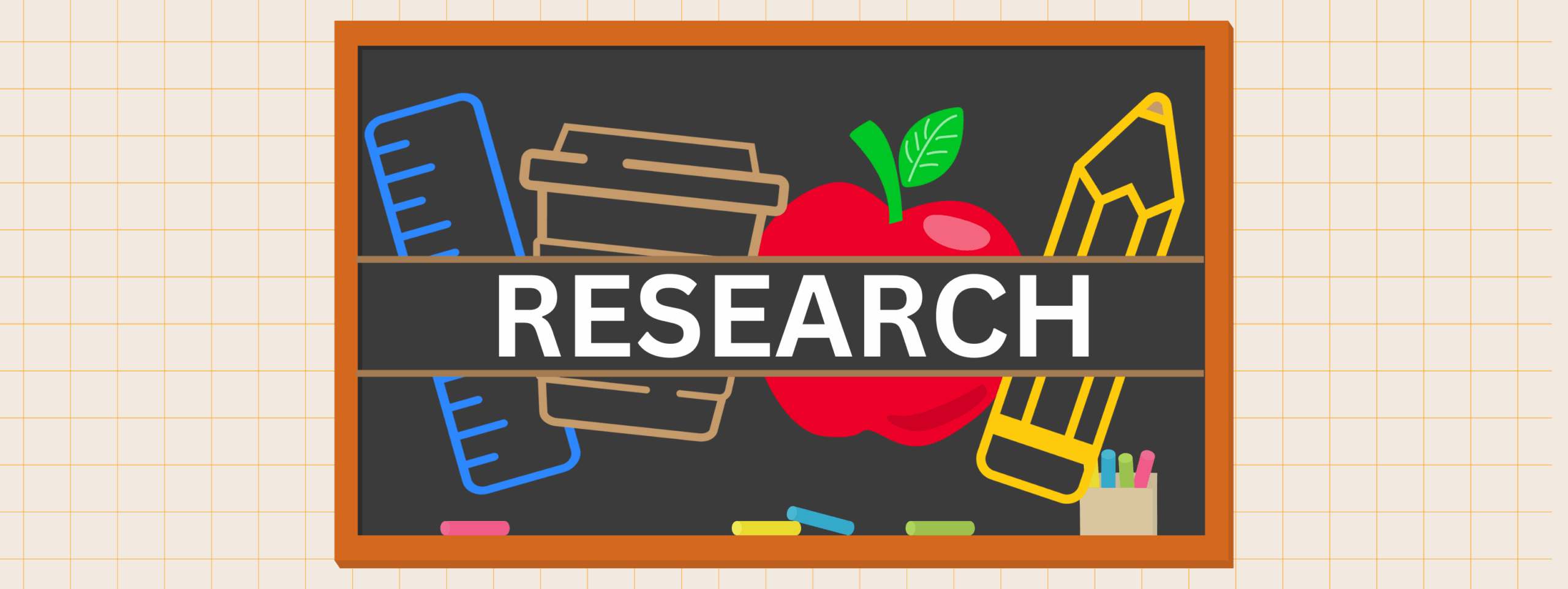
📘 AI in the Classroom: What Teachers Are Really Saying (2025 Survey)
Insights from U.S. Educators on the Promises and Pitfalls of AI in Education
Published: September 2025
Background
During our 2025 Clear the List campaign, we asked thousands of teachers to share their perspectives on AI in education. As new tools flood the market—from lesson planning assistants to AI tutors—we wanted to hear directly from those navigating this shift in real classrooms every day. Their feedback gives us a timely look into how AI is (and isn’t) being used, where it’s helping, and what concerns educators most.
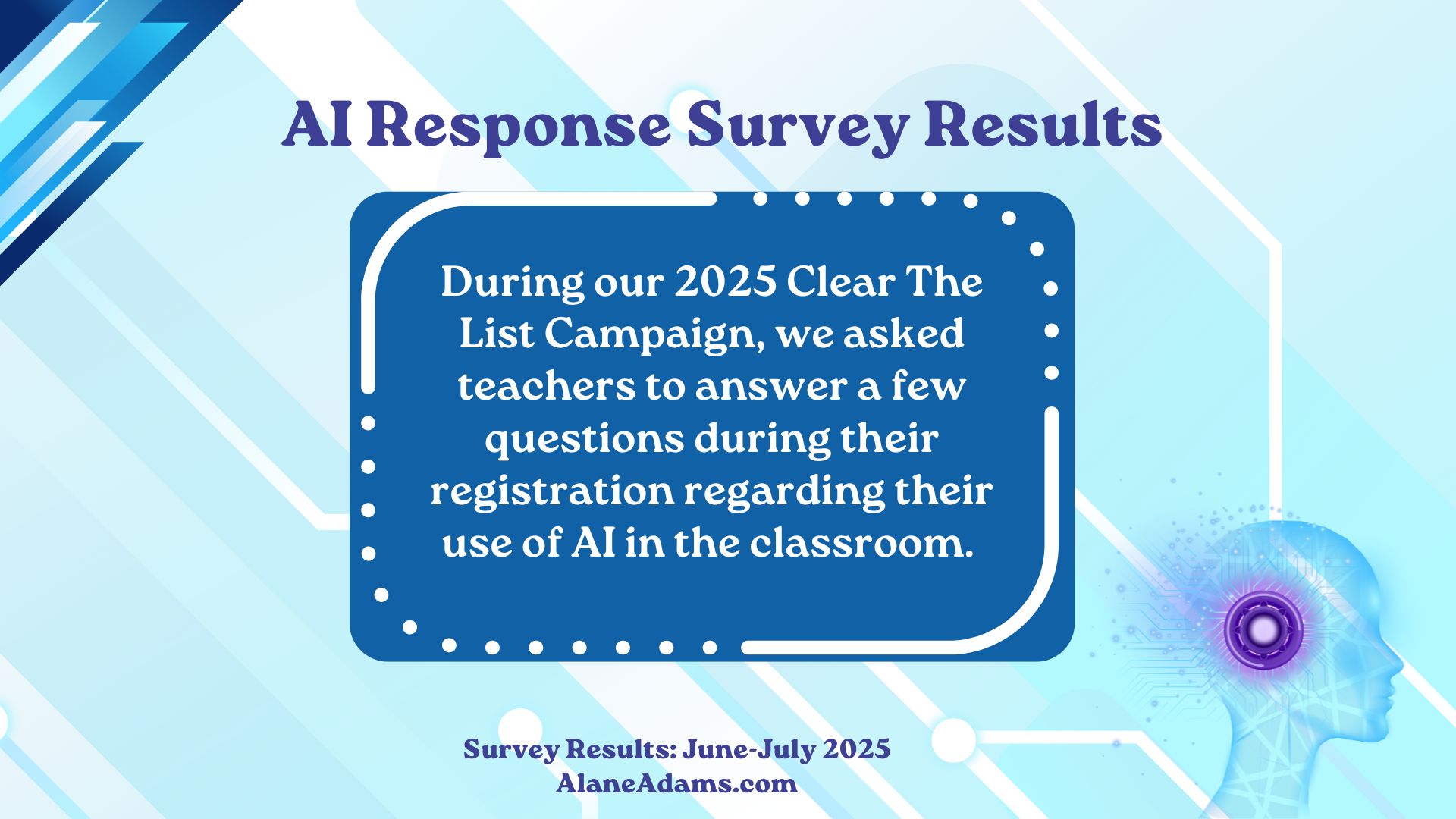

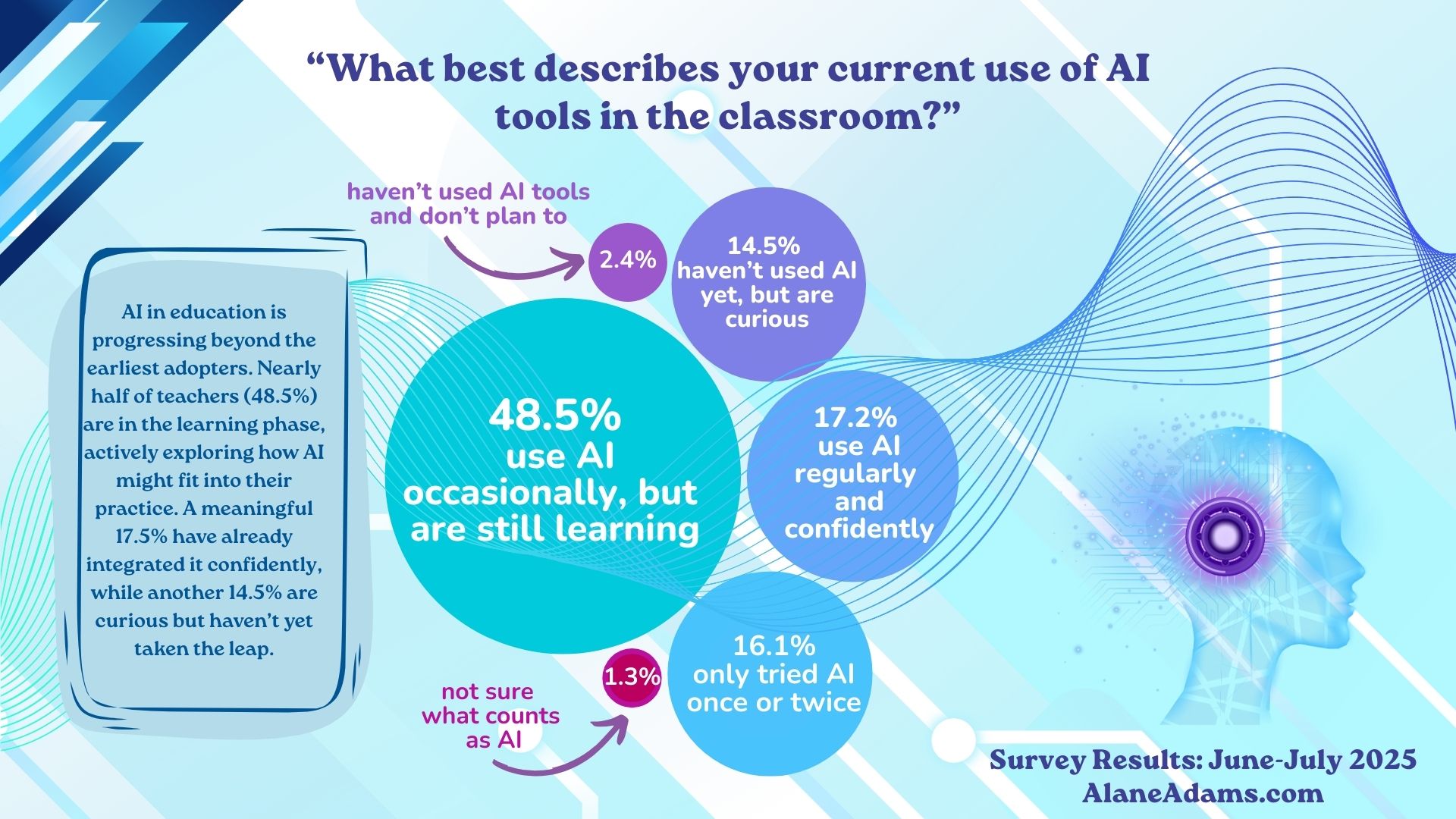
Nearly half of educators say they are still learning how AI fits into their classroom practice. Just 17.2% report using AI regularly and confidently, while a significant group remains curious but hesitant.
The data reveals we are in a moment of transition: from early exploration to emerging adoption. Teachers are not ignoring AI—they are navigating it cautiously

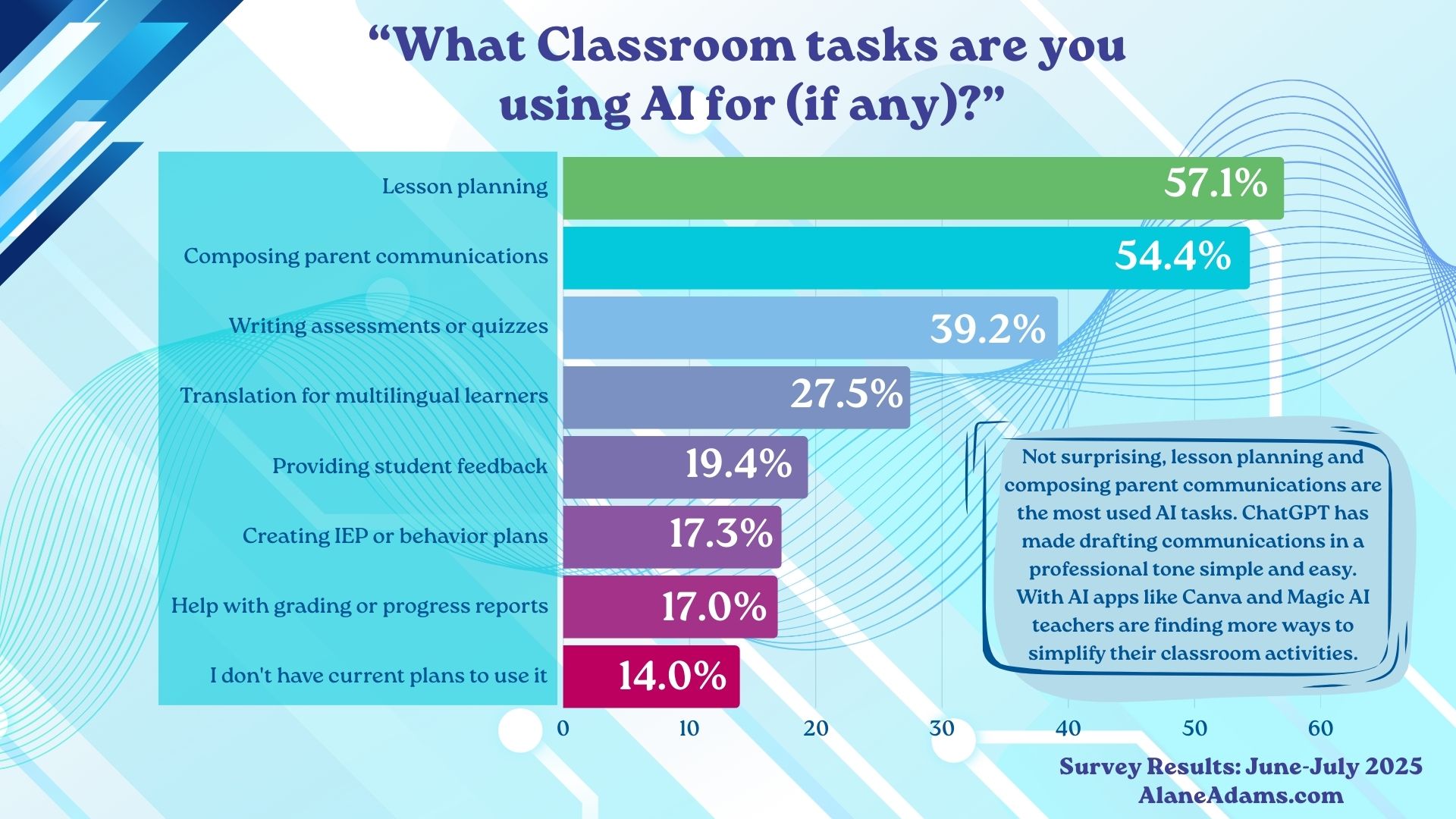
When AI is used, it’s most often to support behind-the-scenes tasks such as lesson planning and parental communication. These findings suggest that teachers are turning to AI to streamline routine tasks—not replace their instructional role. Many are using tools like ChatGPT, Canva Magic Write, or MagicSchool.ai to reclaim time for teaching.
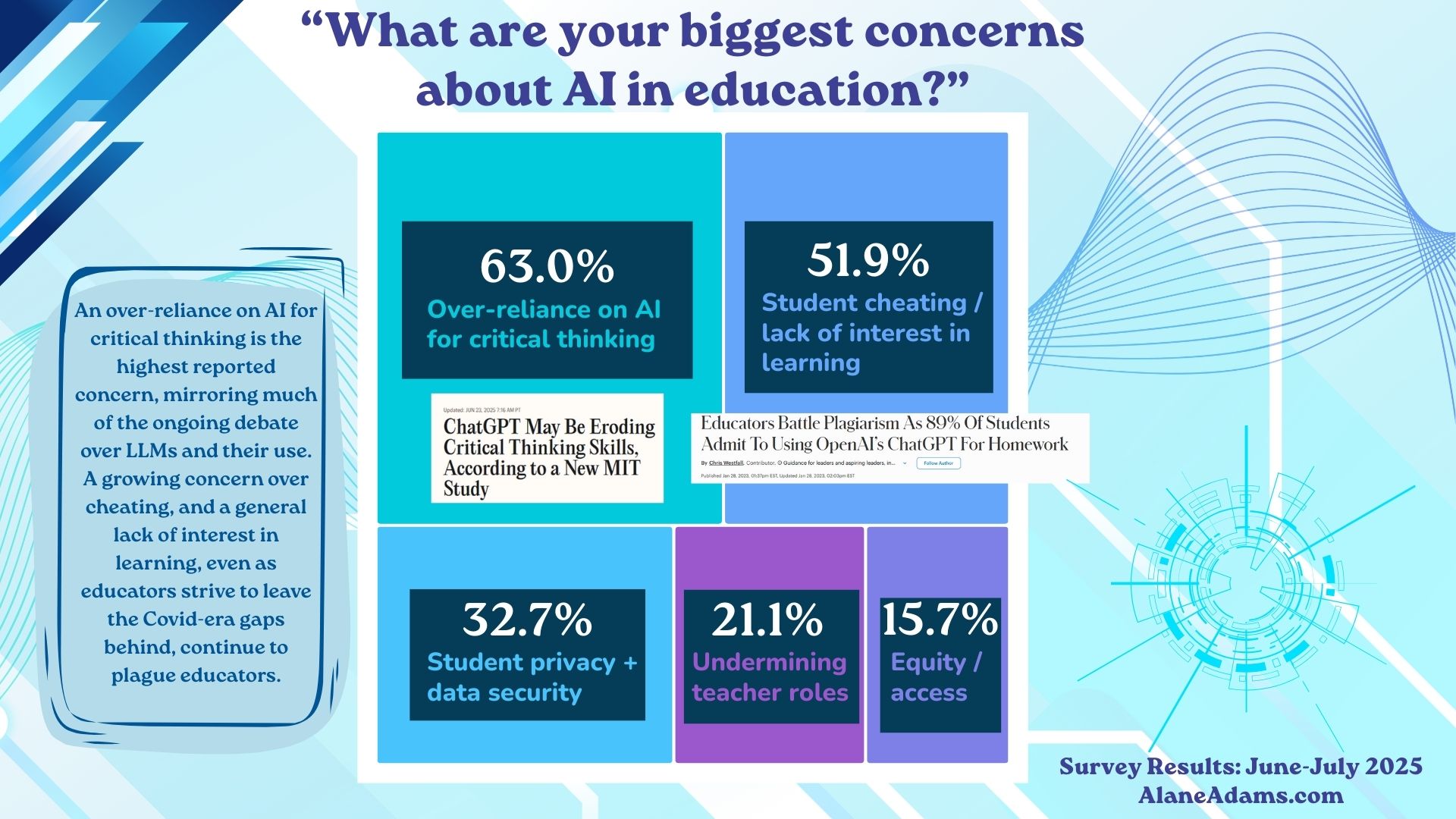
The most frequently cited concerns include over-reliance on AI for critical thinking and student cheating.
Educators are asking:
“If students rely too heavily on AI, will they stop thinking for themselves?”
This reflects broader cultural debates about AI and agency. Teachers are not rejecting the technology—but they are calling for clear guardrails to safeguard student learning and ethics.
